Apply Transform Over Each Element in Array | #2635 | LeetCode Solution
Author: neptune | 05th-Sep-2023
Problem : Apply Transform Over Each Element in Array | #2635 | LeetCode
Given an integer array `arr` and a mapping function `fn`, return a new array with a transformation applied to each element.
The returned array should be created such that returnedArray[i] = fn(arr[i], i).
Please solve it without the built-in `Array.map` method.
Example 1:
Input: arr = [1,2,3], fn = function plusone(n) { return n + 1; }
Output: [2,3,4]
Explanation:
const newArray = map(arr, plusone); // [2,3,4]
The function increases each value in the array by one.
Example 2:
Input: arr = [1,2,3], fn = function plusI(n, i) { return n + i; }
Output: [1,3,5]
Explanation:
The function increases each value by the index it resides in.
Example 3:
Input: arr = [10,20,30], fn = function constant() { return 42; }
Output: [42,42,42]
Explanation: The function always returns 42.
Solution:
/**
* @param {number[]} arr
* @param {Function} fn
* @return {number[]}
*/
var map = function(arr, fn) {
returnedArray = []
for (let i =0; i<arr.length; i++){
returnedArray[i] = fn(arr[i], i)
}
return returnedArray
};
Explanation:
This code defines a JavaScript function called `map` that mimics the behaviour of the built-in `Array.prototype.map()` method. The `map` function takes two arguments: an array (`arr`) and a callback function (`fn`). It applies the callback function to each element of the input array and returns a new array containing the results of those function calls.
Here's a step-by-step explanation of the code:
1. Function Definition:
a. The `map` function is defined with two parameters: `arr` (an array) and `fn` (a callback function).
2. Initialise an Empty Array:
a. Inside the `map` function, an empty array called `returnedArray` is initialised. This array will store the results of applying the callback function to each element of the input array.
3. Loop Over the Input Array:
a. A `for` loop is used to iterate through each element of the input array, `arr`. The loop variable `i` is initialised to 0.
b. The loop continues as long as `i` is less than the length of the input array (`arr.length`).
4. Apply the Callback Function:
a. Inside the loop, the callback function `fn` is called with two arguments:
b. The current element of the input array (`arr[i]`).
c. The index of the current element (`i`).
d. The result of calling the callback function is stored in the `returnedArray` at the same index, `i`.
5. Return the New Array:
a. After the loop completes, the `map` function returns the `returnedArray`, which now contains the results of applying the callback function to each element of the input array.
#JavaScript #Hackerrank #Python #Motivation #AI #React.js #Testing #Interview #SQL #Selenium #LeetCode #Problem Solving #Machine learning #Java #GPT #AWS #API #IT #Algorithms #Github #Jobs #Microservice #Certifications #Projects #Google #Django #Story #Pip #Data Science #Postman #Health #Twitter #Elon Musk #Node.js
 To Be Or Not To Be | #2704 | LeetCode Solution
To Be Or Not To Be | #2704 | LeetCode SolutionAuthor: neptune | 03rd-Sep-2023
#JavaScript #LeetCode
Write a function that helps developers test their code. It should take in any value and return an object with the following two functions...
 Counter | #2620 | LeetCode Solution
Counter | #2620 | LeetCode SolutionAuthor: neptune | 02nd-Sep-2023
#JavaScript #LeetCode
Given an integer n, return a counter function. This counter function returns n and then n + 1, n + 2, etc...
 Function Composition | #2629 | LeetCode Solution
Function Composition | #2629 | LeetCode SolutionAuthor: neptune | 09th-Sep-2023
#JavaScript #LeetCode
Given an array of functions [f1, f2, f3, ..., fn], return a new function fn that is the function composition of the array of functions...
 Counter 2 | #2665 | LeetCode Solution
Counter 2 | #2665 | LeetCode SolutionAuthor: neptune | 04th-Sep-2023
#JavaScript #LeetCode
Write function 'createCounter' It accept an initial integer 'init' It should return an object with three functions- increment() , decrement(), reset()...
 Arrow Functions in JavaScript | ES6
Arrow Functions in JavaScript | ES6Author: neptune | 26th-Mar-2023
#JavaScript #React.js
In this article, we will explore the syntax and usage of arrow functions in detail, along with some examples...
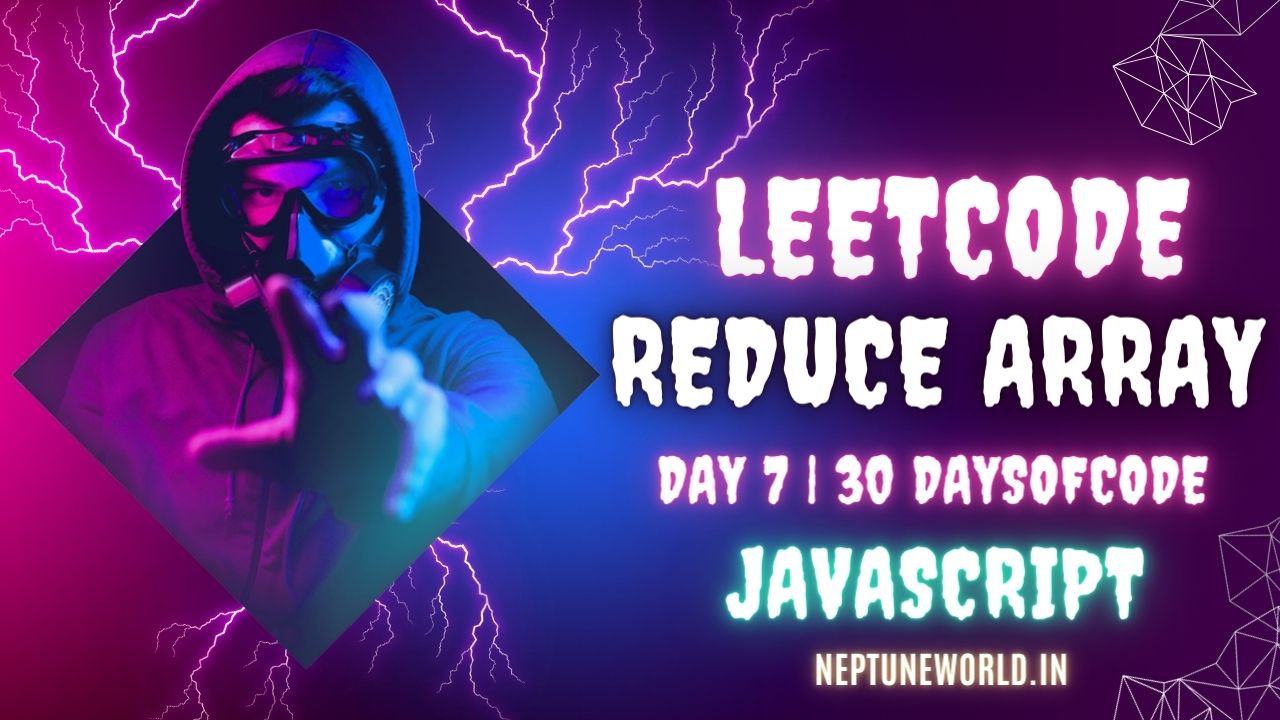 Array Reduce Transformation | #2626 | LeetCode Solution
Array Reduce Transformation | #2626 | LeetCode SolutionAuthor: neptune | 09th-Sep-2023
#JavaScript #LeetCode
Given an integer array `nums` and a reducer function `fn`, and an initial value `init`, return a reduced array...
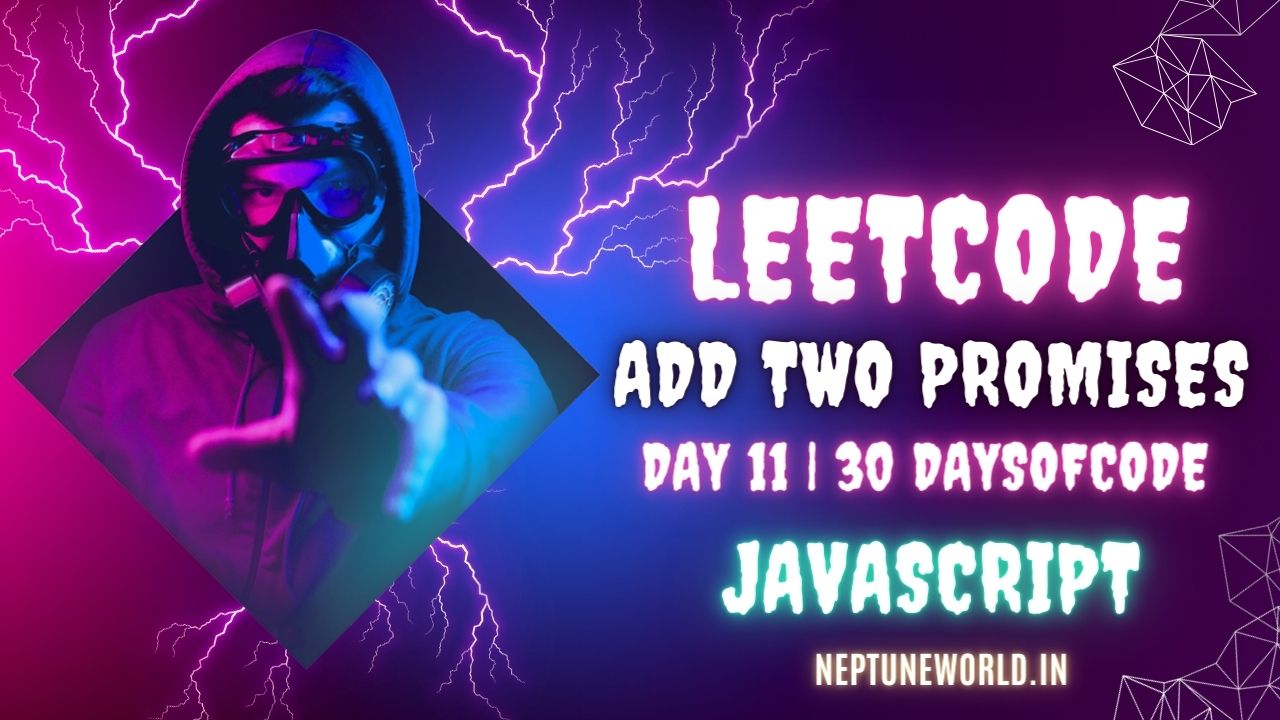 Add Two Promises | #2723 | LeetCode Solution
Add Two Promises | #2723 | LeetCode SolutionAuthor: neptune | 12th-Sep-2023
#JavaScript #LeetCode
Given two promises `promise1` and `promise2`, return a new `promise`. `promise1` and `promise2` will both resolve with a number...
 Different ways to handle state in React applications
Different ways to handle state in React applicationsAuthor: neptune | 21st-Jun-2023
#JavaScript #React.js
This article explores different ways to manage states in React, including local component state, context API, and state management libraries like Redux...
 Is Object Empty | #2727 | LeetCode | JavaScript Solution
Is Object Empty | #2727 | LeetCode | JavaScript SolutionAuthor: neptune | 01st-Sep-2023
#JavaScript #LeetCode
Given an object or an array, return if it is empty...
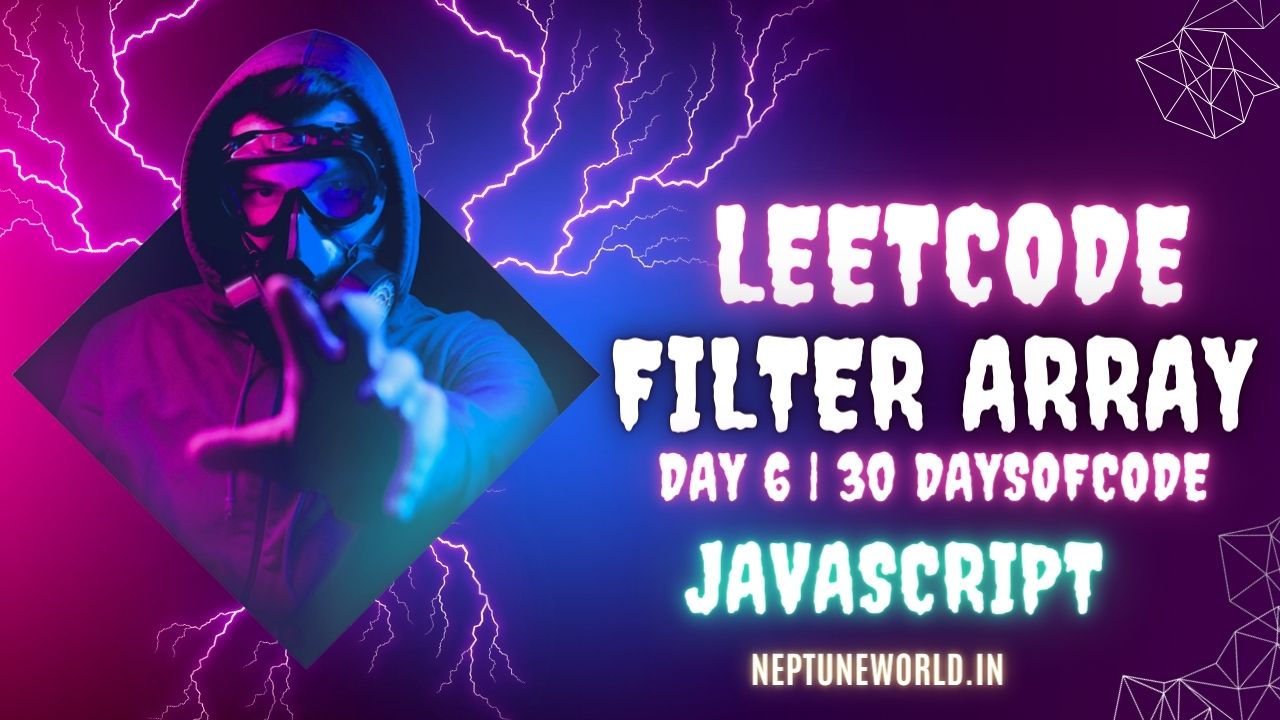 Filter Elements from Array | #2634 | LeetCode Solution
Filter Elements from Array | #2634 | LeetCode SolutionAuthor: neptune | 06th-Sep-2023
#JavaScript #LeetCode
Given an integer array `arr` and a filtering function `fn`, return a filtered array `filteredArr`...
 Managing Virtual Environments in React JavaScript Projects
Managing Virtual Environments in React JavaScript ProjectsAuthor: neptune | 28th-Jun-2023
#JavaScript #React.js
Virtual environments are a valuable tool in React JavaScript projects as they allow developers to isolate dependencies, manage package versions, and maintain project consistency...
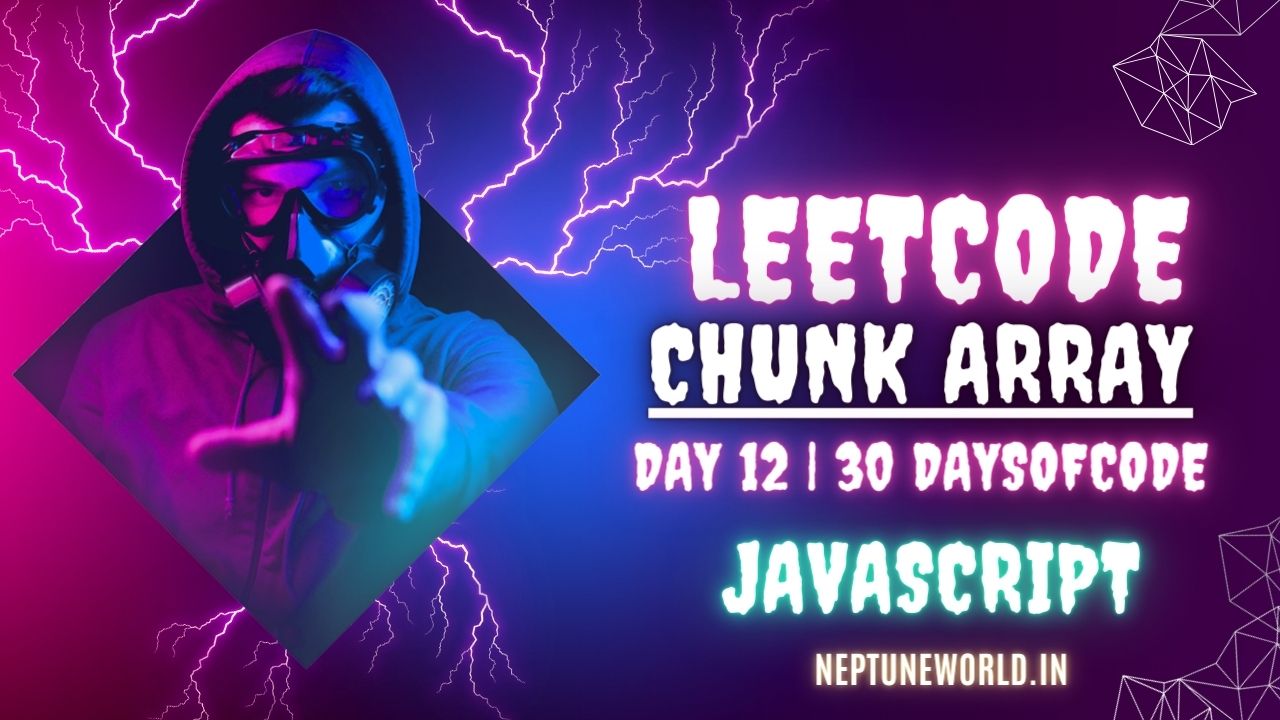 Chunk Array | #2677 | LeetCode Solution
Chunk Array | #2677 | LeetCode SolutionAuthor: neptune | 19th-Sep-2023
#JavaScript #LeetCode
Given an array arr and a chunk `size`, return a `chunked` array...
 Allow One Function Call | #2666 | LeetCode Solution
Allow One Function Call | #2666 | LeetCode SolutionAuthor: neptune | 11th-Sep-2023
#JavaScript #LeetCode
Given a function `fn`, return a new function that is identical to the original function except that it ensures `fn` is called at most once...
 Memoize | #2634 | LeetCode Solution
Memoize | #2634 | LeetCode SolutionAuthor: neptune | 12th-Sep-2023
#JavaScript #LeetCode
A memoized function is a function that will never be called twice with the same inputs. Instead it will return a cached value...
 Array Prototype Last | #2619 | LeetCode Solution
Array Prototype Last | #2619 | LeetCode SolutionAuthor: neptune | 20th-Sep-2023
#JavaScript #LeetCode
Write code that enhances all arrays such that you can call the `array.last()` method on any array and it will return the last element...
 All You Need to Know About Pure Functions & Impure Functions in JavaScript
All You Need to Know About Pure Functions & Impure Functions in JavaScriptAuthor: neptune | 02nd-Apr-2023
#JavaScript #React.js
You should try to use pure functions whenever possible and avoid using impure functions unless necessary...
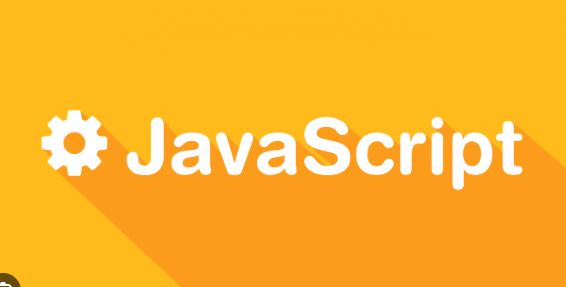 A Guide to Writing Clean, Readable, and Maintainable Code in JavaScript
A Guide to Writing Clean, Readable, and Maintainable Code in JavaScriptAuthor: neptune | 23rd-Feb-2024
#JavaScript
By incorporating these principles into your coding practices, you contribute to creating code that is not only functional but also maintainable and easily understandable by your peers...
 From REST to GraphQL: The Future of API Design
From REST to GraphQL: The Future of API DesignAuthor: neptune | 25th-Feb-2024
#JavaScript
Unlike traditional REST APIs, GraphQL provides a more flexible and intuitive approach to data querying and retrieval...
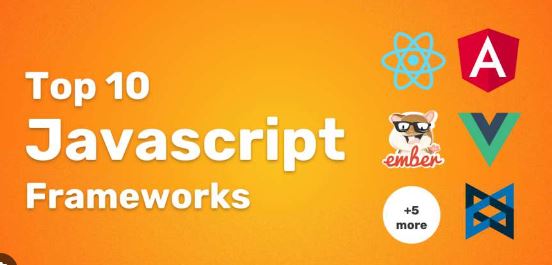 6 Brilliant JavaScript Frameworks for Every Developer
6 Brilliant JavaScript Frameworks for Every DeveloperAuthor: neptune | 16th-Feb-2024
#JavaScript
JavaScript's web development with frameworks like Synaptic.js for neural networks, OpenCV.js for multimedia processing, D3.js for dynamic data visualizations, Compromise.js for efficient NLP, ConvNet...
 Decode Secret Language of React: Game-Changer for Web Developers
Decode Secret Language of React: Game-Changer for Web DevelopersAuthor: neptune | 25th-Feb-2024
#JavaScript #React.js
JSX is a syntax extension for JavaScript recommended by React for describing what the UI should look like...
 State in React: Component State and Controlling Behavior
State in React: Component State and Controlling BehaviorAuthor: neptune | 21st-Feb-2024
#JavaScript #React.js
React, a popular JavaScript library for building user interfaces, introduces the concept of state and lifecycle methods to help developers manage the dynamic nature of components...
View More